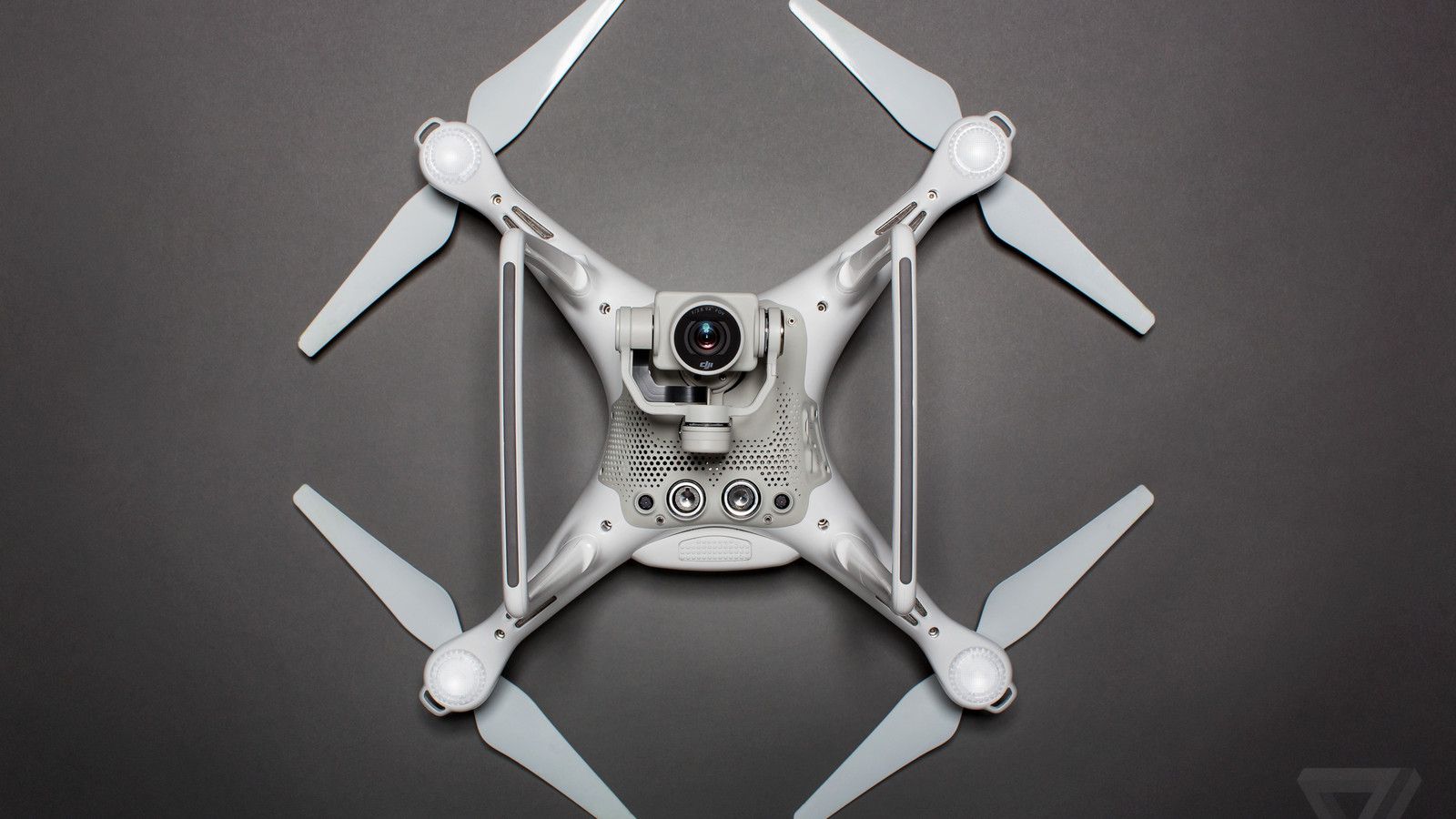When The Verge began covering “drones” three years ago, we got a lot of grief about using that word: drone. These were just remote control toys, they couldn’t fly themselves! When drones got smart enough to navigate using GPS, and to follow people around, the naysayers pointed out they still couldn’t see anything. It could follow you, sure, but not while avoiding trees. At CES the last two years we finally saw drones that could sense and avoid real-world obstacles. But those were just tech demos, R&D projects which so far haven’t been made commercially available.
That all changes today with the introduction of DJI’s new drone, the Phantom 4. It’s the first consumer unit that can see the world around it and adjust accordingly, the next big step towards a truly autonomous aircraft. Try and drive it into a wall, the Phantom 4 will put on the brakes. If you ask it to fly from your position to a spot across a river, and there is a bridge in between, it will make a judgement call: increase speed to clear the obstacle or, if that isn’t possible, stop and hover in place, awaiting your next command.
The Phantom 4 accomplishes this feat with the help of five cameras: two on the front and two on the bottom, plus the main 4K camera that has always been onboard to capture video. The images captured by these cameras are run through computer vision software which constructs a 3D model of the world around it that the drone can intelligently navigate.
